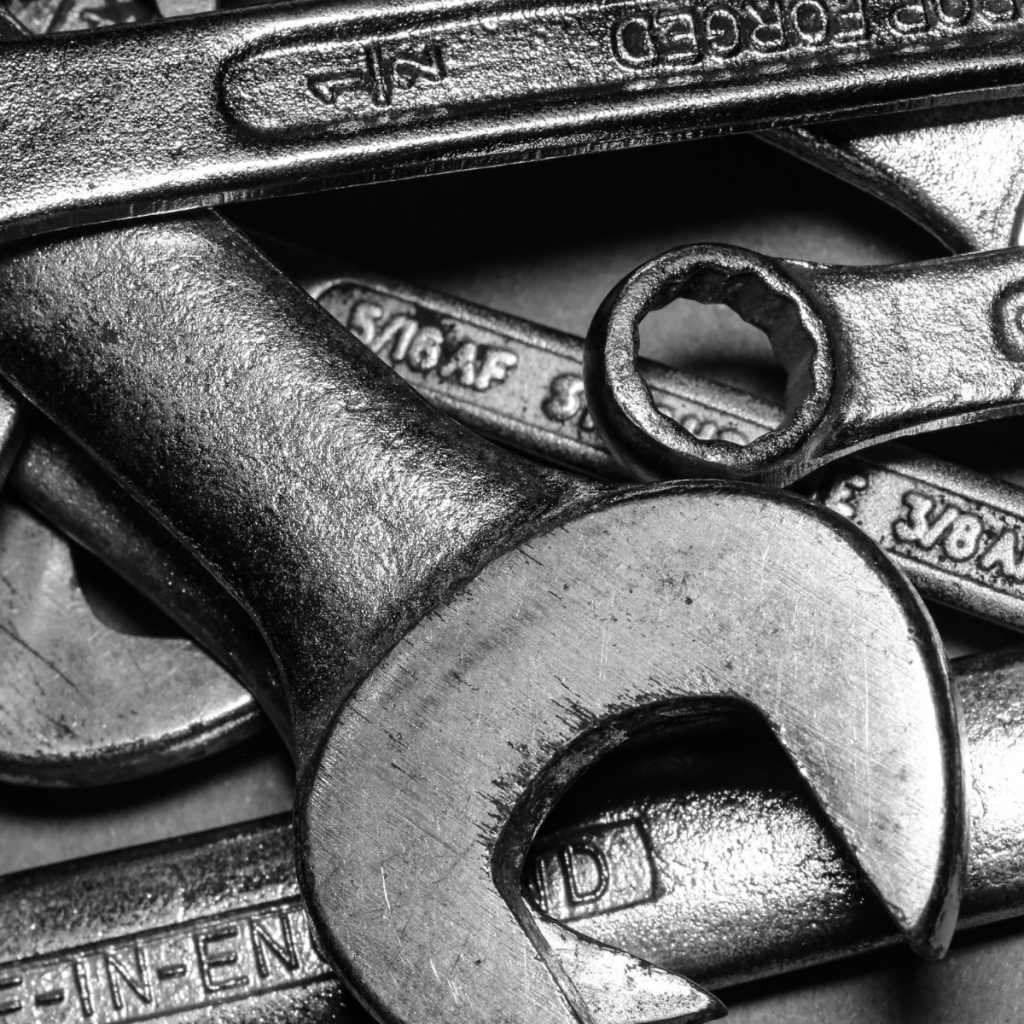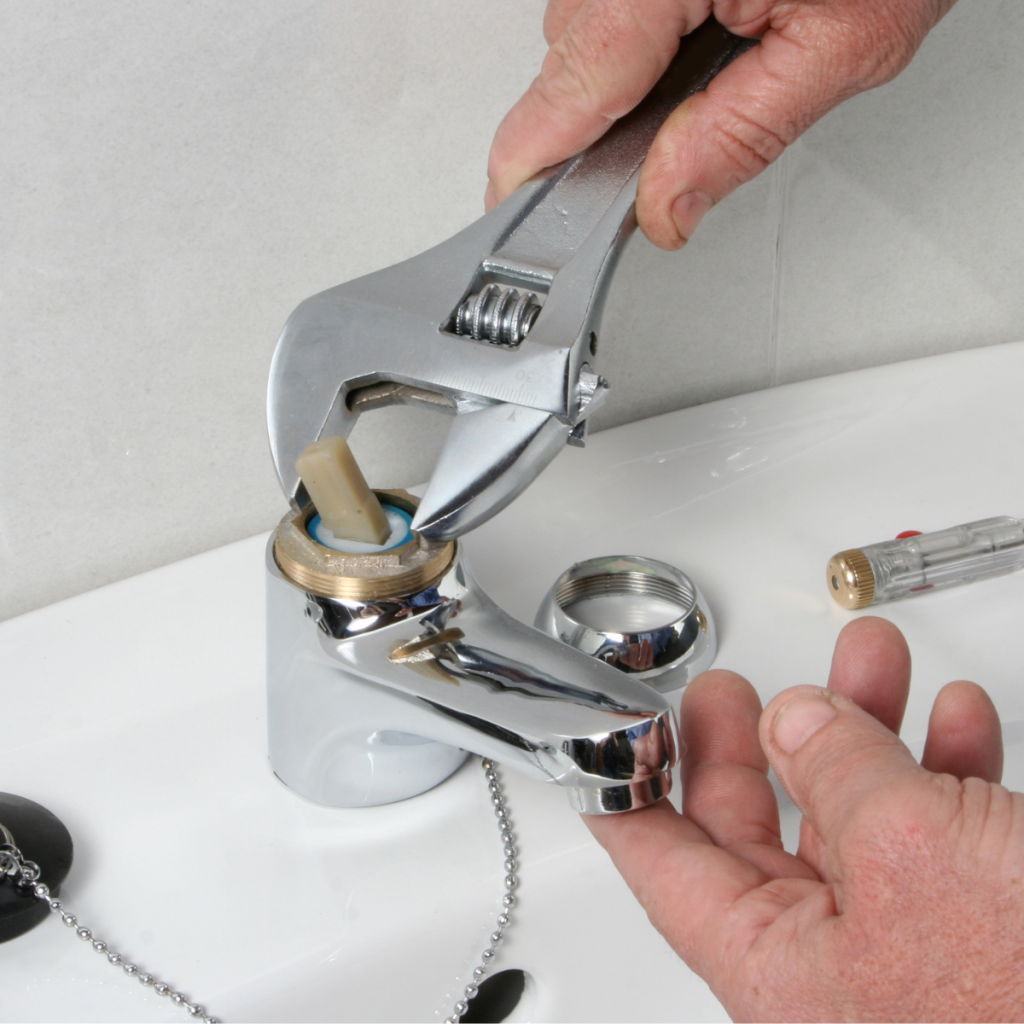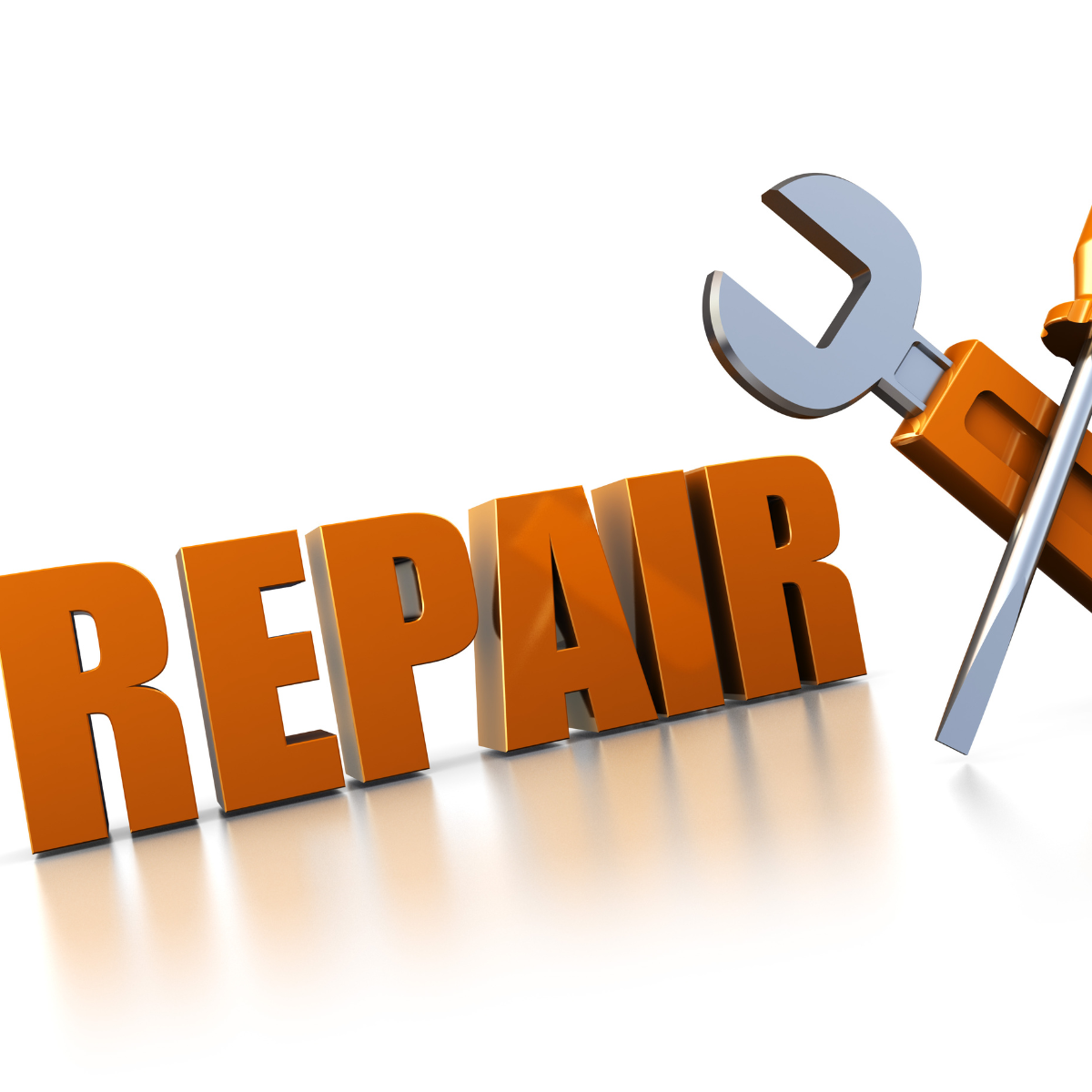The world of repair services is undergoing a dramatic shift, and 3D printing technology is playing a key role in this transformation. From automotive repairs to consumer electronics and even medical devices, 3D printing has introduced innovative solutions to an industry traditionally reliant on manual labor and outdated techniques. With the ability to create custom parts, reduce waste, and speed up the repair process, 3D printing is revolutionizing how repairs are performed. In this article, we will explore how 3D printing is reshaping the repair industry, its advantages, and the future potential it holds.
The Role of 3D Printing in Modern Repairs
3D printing, also known as additive manufacturing, is a process where materials are layered to create three-dimensional objects based on digital models. In the repair industry, this technology is particularly useful for producing replacement parts that are no longer available, difficult to source, or too expensive to manufacture traditionally. With the rise of 3D printing, companies can quickly produce customized parts, allowing them to offer more efficient and cost-effective repair services.

This ability to produce replacement components on demand has reduced reliance on traditional manufacturing, which often involves long lead times and costly shipping fees. Whether it’s for a broken car part, a malfunctioning gadget, or a worn-out industrial machine component, 3D printing provides a quick and affordable solution. By creating parts directly from a digital file, businesses can perform repairs faster, reducing downtime for customers and improving overall satisfaction.
Reducing Repair Costs with 3D Printing
One of the main advantages of 3D printing in the repair industry is its potential to lower repair costs. Traditional manufacturing processes for replacement parts often involve high tooling costs, mass production runs, and inventory storage. On the other hand, 3D printing eliminates these expenses by allowing manufacturers to print parts on-demand, without the need for molds, mass production, or extensive storage.
For businesses in the repair industry, this reduction in manufacturing costs translates into lower prices for customers. Repair shops can pass on these savings to their clients, making repairs more affordable and accessible. In some cases, 3D printing technology even allows for the creation of parts that were once considered too expensive or too rare to reproduce. As a result, consumers can have their devices, machinery, or vehicles repaired more quickly and at a fraction of the cost compared to traditional methods.
Customization and Precision in Repairs
3D printing technology offers an unprecedented level of precision and customization in the repair process. Traditional repair methods often require generic replacement parts that may not fit perfectly or meet the unique needs of a specific repair. However, with 3D printing, it’s possible to produce custom-designed parts tailored to the exact specifications of the device or component being repaired.
This level of customization not only ensures a better fit but also improves the quality and longevity of the repaired item. For instance, in the automotive repair industry, custom 3D-printed car parts can be designed to match the original specifications exactly, ensuring a seamless repair and optimal performance. In the medical field, 3D printing enables the creation of custom prosthetics, implants, and even surgical tools that are specifically tailored to a patient’s body, resulting in better outcomes and a faster recovery time.
Speeding Up the Repair Process
The repair industry has long been plagued by long wait times for parts, especially when the required components are not readily available. This is particularly problematic for industries that rely on fast turnarounds, such as aerospace, automotive, and consumer electronics. Traditional repair methods often involve waiting for replacement parts to be ordered from manufacturers, leading to extended downtime for customers.
3D printing changes this by enabling repairs to be completed much faster. Since parts can be designed, printed, and delivered on-site or to the repair shop in a matter of hours or days, businesses can complete repairs quickly and efficiently. For example, a malfunctioning printer or broken appliance may have required days or weeks to repair using traditional methods, but with 3D printing, the necessary components can be printed on-demand, reducing repair time dramatically.
By minimizing downtime and speeding up the repair process, businesses can improve customer satisfaction and service efficiency. For consumers, this means less time without their device or vehicle, leading to a more positive overall experience.
Enhancing Sustainability in the Repair Industry
Another significant benefit of 3D printing in the repair industry is its potential to enhance sustainability. Traditional manufacturing methods for replacement parts often involve the use of raw materials, extensive energy consumption, and waste generation. In contrast, 3D printing produces less waste, as parts are built layer by layer, using only the material needed to create the object. This method significantly reduces scrap material, making it a more environmentally friendly option.

Additionally, 3D printing allows for the reuse of materials through recycling. Some 3D printers can work with recycled plastics and metals, which can be melted down and repurposed for new prints. This recycling capability helps reduce the demand for virgin materials and minimizes the environmental impact of production. By using less raw material and creating parts on-demand, the repair industry can play a part in reducing overall waste and contributing to a more sustainable future.
The Impact of 3D Printing on Supply Chains
The introduction of 3D printing in the repair industry also has a profound impact on supply chains. Traditional supply chains are often complex, involving multiple stages of manufacturing, transportation, and distribution. When a repair business needs a replacement part, it can take time to source the component, especially if it is rare or outdated.
3D printing eliminates many of the traditional barriers in the supply chain by enabling businesses to print parts locally, on-site, or within a repair shop. This reduces the need for extensive shipping and inventory storage, leading to faster and more efficient repairs. In industries such as automotive and aerospace, where downtime can be costly, 3D printing allows repair shops to bypass lengthy supply chain processes and complete repairs more efficiently.
By streamlining the supply chain and reducing transportation costs, 3D printing also makes the repair process more cost-effective. Repair shops can access the parts they need more quickly, which results in less downtime for customers and more efficient operations overall.
The Future of 3D Printing in the Repair Industry
As 3D printing technology continues to evolve, its applications in the repair industry are expected to expand. The growing availability of 3D printers, improvements in materials, and advancements in design software will make it easier and more affordable for repair shops to incorporate 3D printing into their operations.
One area of potential growth is the use of 3D printing for end-of-life devices. As electronics and machinery become obsolete, parts may no longer be manufactured or readily available. With 3D printing, however, repair shops can recreate these parts and extend the life of these devices, reducing e-waste and promoting sustainability.
Additionally, as more industries adopt 3D printing, the technology will become more integrated into repair processes. For example, automotive repair shops could use 3D printers to manufacture complex car parts on-site, while electronics repair businesses could print custom parts for smartphones, laptops, and other devices.
Conclusion

3D printing technology is undoubtedly transforming the repair industry in ways that were once unimaginable. From reducing repair costs and speeding up turnaround times to offering customization and enhancing sustainability, the benefits of 3D printing in repairs are clear. As the technology continues to evolve and become more accessible, the future of repairs will undoubtedly be shaped by 3D printing innovations, improving service quality and customer satisfaction across industries. Whether for consumer electronics, medical devices, or machinery, 3D printing will continue to play a pivotal role in the repair industry’s evolution, helping businesses meet the demands of a fast-paced, eco-conscious world.

Leave a Reply